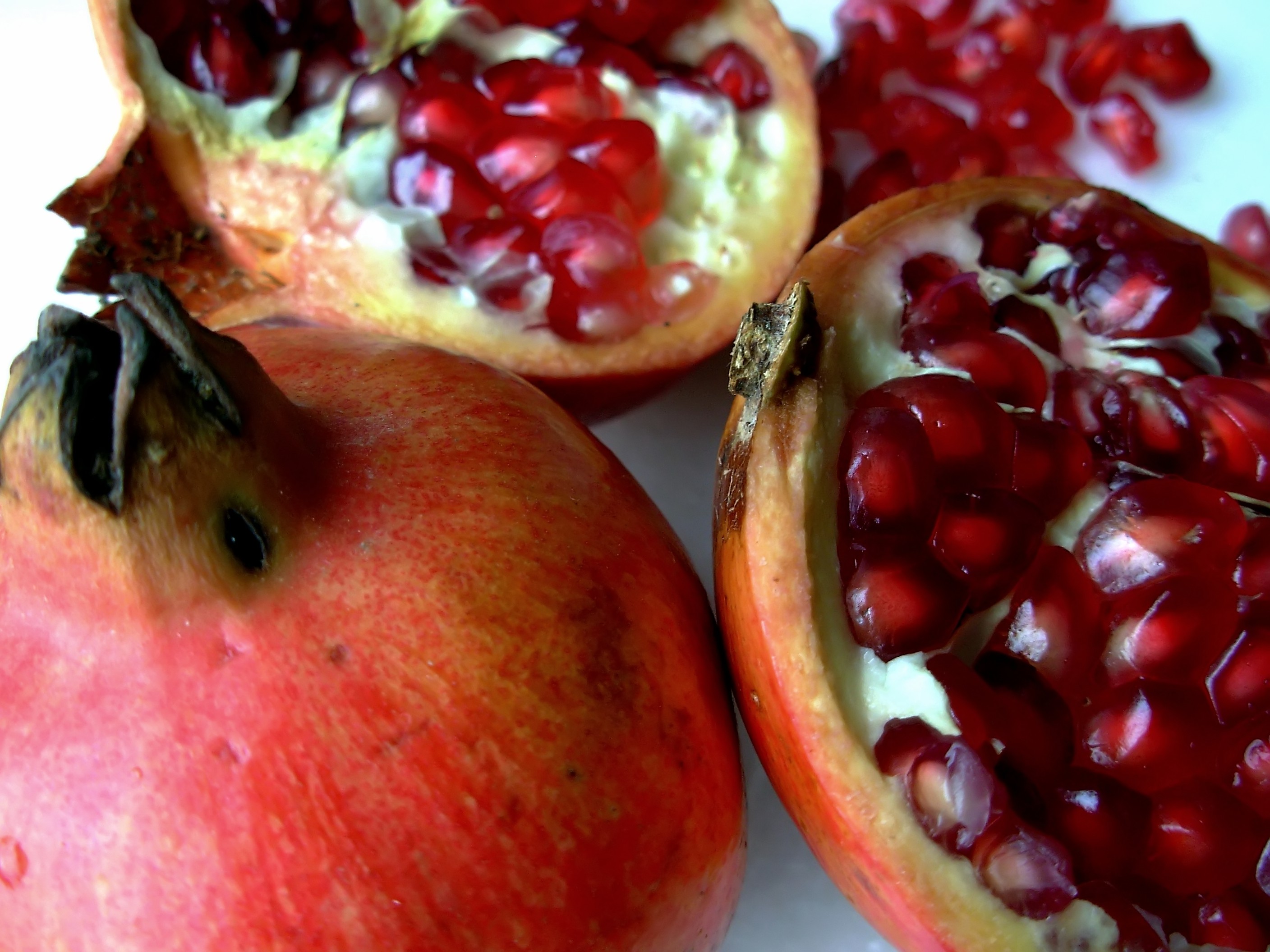With the decline in heart disease deaths, more attention is now focused on other, more difficult to prevent diseases such as cancer and dementia. However, with the recent death of Florence Henderson (the Brady Bunch mum - nutrients, herbs etc. don't care if you're 82 or 22!) and the beginning of the Southern hemisphere summer (when going to the beach or pool is fun in every state), maybe it's time to focus on longevity and heart health.
Heart failure is the number one cause of hospitalisation in people over 65 (at least, in the USA), and the risk of developing it increases with age. Nearly 5 million people in the USA suffer from congestive heart failure (CHF), where the heart cannot pump blood with enough strength. High blood pressure, lung disease, heart muscle damage, rheumatoid arthritis, diabetes and obesity are some causes of CHF. Even with the "best" in conventional therapy, quality of life is usually poor, with 20% of patients dying after one year and half after five years.
 |
| Source: Inaquim |
General natural health advice for patients with CHF is to limit intake of alcohol and sodium; maintain an optimal weight and to have a high intake of essential fatty acids, fruits, vegetables and fibre. One more specific natural therapy for CHF could be
coenzyme Q10 (CoQ10). In a study performed in the 1980s, 137 patients with stage II-IV cardiomyopathy (heart muscle damage) were given CoQ10 with their conventional therapy, while 182 were only treated conventionally. Forty-three of the patients given CoQ10 had ejection fractions (EF) of under 40%, and their average EF was 25%. After three months of taking CoQ10, the average EF of these 43 patients rose to 41%! Then, at four following periods up to 36 months, this ranged from 43% to 49%. The survival rate of the CoQ10 group was 75%/46 months, compared to 25%/36 months for the conventional-only group. However, CoQ10 as
ubiquinol has been found to be far more effective than "conventional" CoQ10, ubiquinone.
While not an "official" vitamin, as we can produce it ourselves,
carnitine may be very important for patients with CHF. In a study of 60 people with stage II or III CHF, the 30 who received 500mg of proprionyl-L-carnitine three times daily experienced significant improvements in heart function. At one, three and six months, there were progressive improvements in exercise time and heart ejection fraction, instead of a decline. These were 16.4%, 22.9% and 25.9% respectively for maximum exercise time, and 8.4%, 11.6% and 13.6% for ejection fraction.
Additionally, the herbal medicine known as hawthorn, or
Crataegus, could also help to fight CHF. A German study of 1,011 patients tested it as a standardised extract, and it showed great results for a "mere" plant! Ankle swelling and night-time urination were reduced by 83%, and exercise tolerance, fatigue and difficulty breathing all improved. More patients showed normal heart rhythms, and problems such as arrhythmia were less common.
Of course, there are other nasty heart conditions too, such as
angina. Pomegranate juice may be one way to fight this one. A trial comparing pomegranate juice to conventional medicine alone found that the pomegranate group experienced a 50% decrease in stress-induced angina episodes after three months, but the drug-only/placebo group saw a 38% increase. When they measured coronary artery blood flow, the drug-only group worsened by 17% after three months, but the pomegranate group improved by 18%. Another study on atherosclerosis found that pomegranate juice reversed artery wall thickening by 35%, but the drug-only group worsened by 9% a year. Of course, while pharmaceutical drugs did not reverse their conditions, unlike the natural therapies tested, they can keep you going while your natural protocol builds you up enough to reduce or stop them.









.jpg)






